Plant and Animal Species that Would Be Invasive in Florida
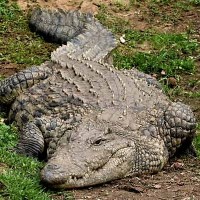
If they were introduced into Florida, they could decimate some populations of alligators and native American crocodiles.
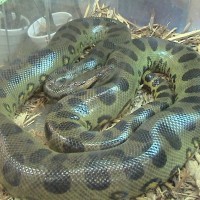
This snake is likely to be successfully introduced to Florida if enough were released or escaped. If it occurs, they could kill off some native alligators and crocodiles. Some deer and bears could also be targets. This would be an even worse invader than Burmese pythons, not to mention that anacondas also give birth to live young, which is an advantage compared to the egg laying techniques of pythons since they're not exposed to egg eaters.
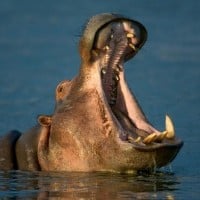 The common hippopotamus, or hippo, is a large, mostly herbivorous mammal in sub-Saharan Africa, and one of only two extant species in the family Hippopotamidae, the other being the pygmy hippopotamus.
The common hippopotamus, or hippo, is a large, mostly herbivorous mammal in sub-Saharan Africa, and one of only two extant species in the family Hippopotamidae, the other being the pygmy hippopotamus. There was a hippo bill that was meant to bring hippos to Florida as a replacement for cattle in early 1900s, if this bill was approved, the introduced hippos would overconsume many of the native plants, and since they're aggressive, could kill nearby intruders, including native alligators. Even if this didn't happen, hippos could still escape from zoos and establish breeding populations.
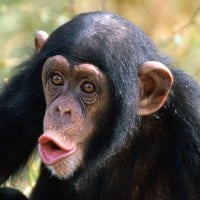 Chimpanzees are primates of the genus Pan which consists of the common chimpanzee and the bonobo. They are a part of the tribe Hominini, which also includes humans, and the family Hominidae where all great apes are included. Like their closest living relatives the modern humans, chimpanzees are social and intelligent animals that have the ability to solve problems, use tools, and communicate with others of their kind without speaking.
Chimpanzees are primates of the genus Pan which consists of the common chimpanzee and the bonobo. They are a part of the tribe Hominini, which also includes humans, and the family Hominidae where all great apes are included. Like their closest living relatives the modern humans, chimpanzees are social and intelligent animals that have the ability to solve problems, use tools, and communicate with others of their kind without speaking. These apes would consume native plants, they would also feed on agricultural plants, making nonnative chimpanzees in Florida a pest. They would also hunt and kill native smaller mammals, but would also kill some nonnative mammals including monkeys such as rhesus macaques. They also eat eggs, which would endanger some native birds and reptiles.
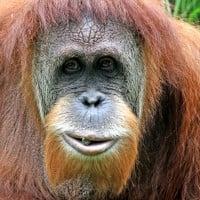 Orangutans are great apes native to the rainforests of Indonesia and Malaysia. They are now found only in parts of Borneo and Sumatra, but during the Pleistocene they ranged throughout Southeast Asia and South China. Classified in the genus Pongo, orangutans were originally considered to be one species. From 1996, they were divided into two species: the Bornean orangutan (P. pygmaeus, with three subspecies) and the Sumatran orangutan (P. abelii). A third species, the Tapanuli orangutan (P. tapanuliensis), was identified definitively in 2017. The orangutans are the only surviving species of the subfamily Ponginae, which diverged genetically from the other hominids (gorillas, chimpanzees, and ...read more.
Orangutans are great apes native to the rainforests of Indonesia and Malaysia. They are now found only in parts of Borneo and Sumatra, but during the Pleistocene they ranged throughout Southeast Asia and South China. Classified in the genus Pongo, orangutans were originally considered to be one species. From 1996, they were divided into two species: the Bornean orangutan (P. pygmaeus, with three subspecies) and the Sumatran orangutan (P. abelii). A third species, the Tapanuli orangutan (P. tapanuliensis), was identified definitively in 2017. The orangutans are the only surviving species of the subfamily Ponginae, which diverged genetically from the other hominids (gorillas, chimpanzees, and ...read more. Just like chimpanzees, these Asian apes would also overconsume some native plant species and would probably also be agricultural pests if they feed on farmed plants.
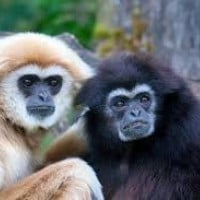
These apes would overconsume native plants of Florida, as with every ape species, so they would also eat farm plants, which could potentially make them agricultural pests.
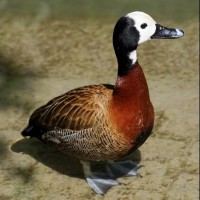
These ducks are likely to establish breeding populations in Florida as there are sightings of white-faced whistling ducks, despite no evidence of breeding. If there are breeding populations of these waterfowls, they could potentially outcompete some native species of ducks and interbreeding with them.
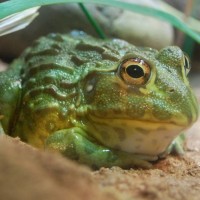
These frogs would outcompete some native species of aquatic animals and, since they mature much faster due to living in arid regions of Africa, would be able to outcompete some native populations of American bullfrogs to extinction.
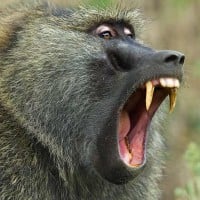 Baboons are African and Arabian Old World monkeys belonging to the genus Papio, part of the subfamily Cercopithecinae.
Baboons are African and Arabian Old World monkeys belonging to the genus Papio, part of the subfamily Cercopithecinae. These large monkeys could potentially hunt and kill native deer as how they do in Africa, where they can kill antelopes. They would also feed on smaller animals, eggs, and fruit that aren't used to nonnative baboons.
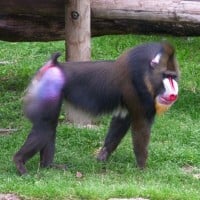
Mandrills, the large jungle monkeys, would overconsume some native plant species to extinction and would outcompete some native herbivores.
LOL a monkey with lip-gloss and pink and purple booty.
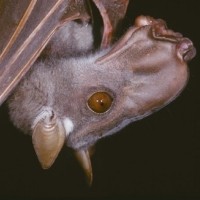
It may sound unlikely, but due to the fact that Florida is warming up due to climate change and the fact that there are lots of gardens and vegetation planted by people, including ones that are feral and even invasive in some, this is increasing the chance that hammer-headed bats could potentially establish breeding populations in Florida (if escaped from zoos they came from), where they would outcompete some native species and would be a nuisance to humans, damaging man-made structures, etc.
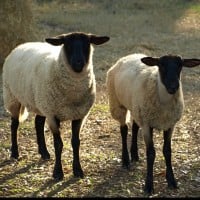 The sheep is a quadrupedal, ruminant mammal typically kept as livestock. Like all ruminants, sheep are members of the order Artiodactyla, the even-toed ungulates.
The sheep is a quadrupedal, ruminant mammal typically kept as livestock. Like all ruminants, sheep are members of the order Artiodactyla, the even-toed ungulates. Um, I'm pretty sure there are already sheep in Florida's wilderness (not just farmlands), as in most parts of world nowadays.
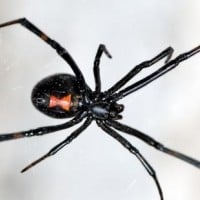
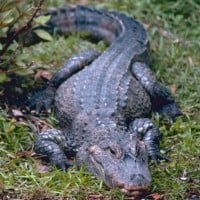
Although these alligators are Critically Endangered in their native range, if they were introduced to Florida, they would outcompete and, if possible, interbreed with the native American alligators, losing its genetic diversity.
Might be a worse invasive species than the Burmese Python
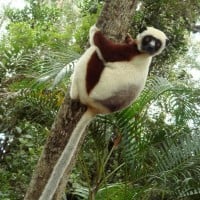
This species of lemur becoming invasive in Florida may sound unlikely, but it's possible due to the fact that many (not all, though) zoos, safari parks, and sanctuaries in Florida have Coquerel's sifakas, and if enough Coquerel's sifakas escaped, they could establish breeding populations in Florida, where they could probably outcompete native squirrels and other omnivorous tree-dwelling animals to endangerment or extinction.
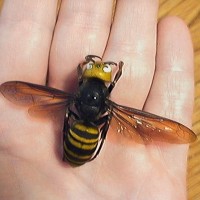
People are already concerned about these large predatory insects, which are native to Southeast Asia, but has since been introduced to Europe, where they are devastating native bees there. If these insects were successfully introduced to Florida, they would also be a threat to the bees there, but would also be a danger to humans too, as these hornets can deliver very painful stings and sometimes can lead to death, especially if that person is either allergic to hornet stings or the venom of the hornets who stung that person is potent.
Bad news: There are asian giant hornets in the US now.
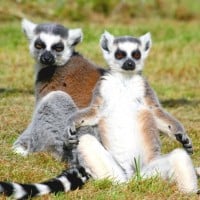
This species of lemur becoming invasive in Florida may sound unlikely, but it's possible due to the fact that many (not all, though) zoos, safari parks, and sanctuaries in Florida have ring-tailed lemurs, and if enough ring-tailed lemurs escaped, they could establish breeding populations in Florida, where they could probably outcompete native squirrels and other omnivorous tree-dwelling animals to endangerment or extinction.
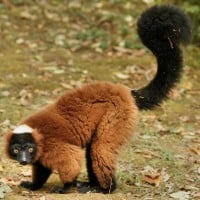
This species of lemur becoming invasive in Florida may sound unlikely, but it's possible due to the fact that many (not all, though) zoos, safari parks, and sanctuaries in Florida have red ruffed lemurs, and if enough red ruffed lemurs escaped, they could establish breeding populations in Florida, where they could probably outcompete native squirrels and other omnivorous tree-dwelling animals to endangerment or extinction.
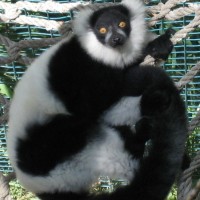
This species of lemur becoming invasive in Florida may sound unlikely, but it's possible due to the fact that many (not all, though) zoos, safari parks, and sanctuaries in Florida have black-and-white ruffed lemurs, and if enough black-and-white ruffed lemurs escaped, they could establish breeding populations in Florida, where they could probably outcompete native squirrels and other omnivorous tree-dwelling animals to endangerment or extinction.
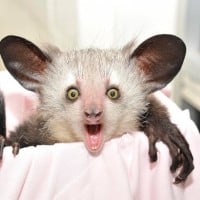 The aye-aye is a lemur, a strepsirrhine primate native to Madagascar that combines rodent-like teeth that perpetually grow and a special thin middle finger.
The aye-aye is a lemur, a strepsirrhine primate native to Madagascar that combines rodent-like teeth that perpetually grow and a special thin middle finger. Aye-ayes are a yet-another unlikely but possible invasive species if let loose in Florida. If they were brought into Florida's ecosystem, they could devastate some native insect species and outcompete many native woodpecker species to endangerment or extinction.
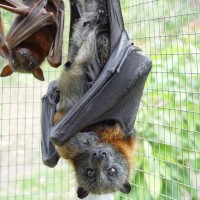
Flying foxes are already listed on the Lacey Act since people are worried that flying foxes would devastate agricultural crops by eating the crops. If this happened, that would probably be a disaster. They would probably also spread annoying and possibly deadly diseases and/or viruses if they were carrying them before being released into the new ecosystem. Imagine if flying foxes were successfully introduced to Florida and are flourishing (breeding, finding right food, etc) in Floridian wilderness, cities, and suburbs, that horrifying scenario would happen in this state.
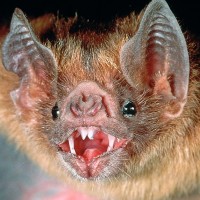
The common vampire bat is a potential invasive species that, if global warming trends continues in the future, would spread into Florida, spreading potential deadly diseases on livestock on many people, even if there are few diseased vampire bats. Southern Florida is the warmest part of Florida for now and would provide suitable habitats for vampire bats and would spread out if Florida continues to warm.
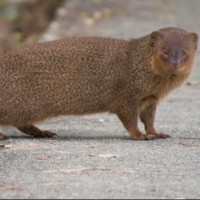
They're already invasive in many islands such as Hawaii, so it's possible for small Asian mongooses to become invasive species if they were introduced to Florida as exotic pets and/or zoo/safari park escapees. They're already on the Lacey Act along with flying foxes, but some people can break some laws without other people noticing, so it's still possible for small Asian mongooses to be released in Florida to become invasive, eating eggs of native ground reptiles and birds, as well as preying on native reptiles, amphibians, and small mammals, possibly driving some endangered species to extinction.
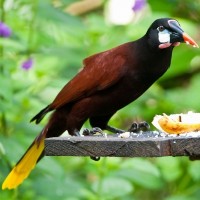
There was one report of the species of bird being found in Florida, but it was eradicated, but what if there were enough Montezuma oropendolas in Florida to establish successful breeding populations in Florida without the help of humans? They would outcompete some native species of birds, such as the near-endangered Florida scrub jays, to endangerment or extinction, as Montezuma oropendola also feeds on small vertebrates, insects, and plants, even feeding on bananas, so they would be viewed as conservation pests by Floridians and would also be an agricultural pest due to having banana in their diet.